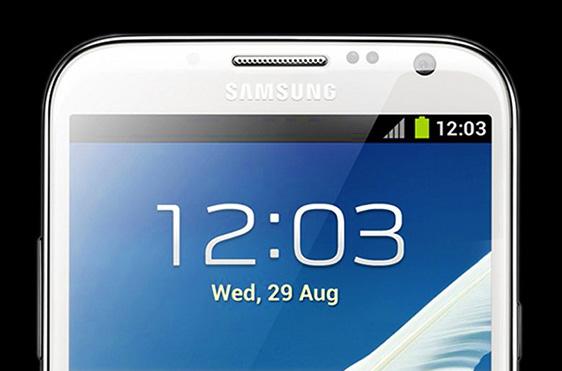 Check out our review of the Samsung Galaxy Note 3 phablet.
Check out our review of the Samsung Galaxy Note 3 phablet.
There has been talk of Galaxy S4 sales dropping off this month, and according to ETNews.com, Samsung’s suppliers are looking at production slowing by up to 30 percent, after orders were lower than expected. This could result in reduced profitability, and could leave the smaller companies with considerable overstock.
Understandably, this has caused concern from Samsung’s partners, but a source from within Samsung’s Wireless Business Division has apparently revealed how it’s dealing with any dissension. According to the report, Samsung is promising the impact will be minimal, as, “We will start placing orders for follow-up models, such as the Galaxy Note 3, from August.”
The Galaxy Note 3 is the next most anticipated new mobile device from Samsung, and if it stays true to last year’s schedule, we’ll be introduced to it just before the IFA Show in Berlin this September. This certainly fits in with production beginning in August. The report also notes the S4 Zoom and S4 Mini (although it fails to mention the S4 Active) will help suppliers shift their stocks.
Little is known about the Galaxy Note 3’s specification, although we can be fairly sure it’ll continue the tradition of increasing its already massive screen size. A tweet from the @evleaks account says, “Samsung Galaxy Note 3 tipped as having a 5.7-inch screen.” This would make it 0.2-inches larger than the Galaxy Note 2, and 0.7-inches bigger than the Galaxy S4.
On previous occasions, it has been speculated the screen will measure 5.9-inches or even 6-inches plus, will be made of a flexible material, making it shatter proof, and that it will have an S4-matching 1080p resolution. As for the processor, both the eight-core Exynos 5 Octa, and the Qualcomm Snapdragon 800 have been linked with the smartphone/tablet hybrid.
The IFA Show starts on September 6 and runs until September 11.




